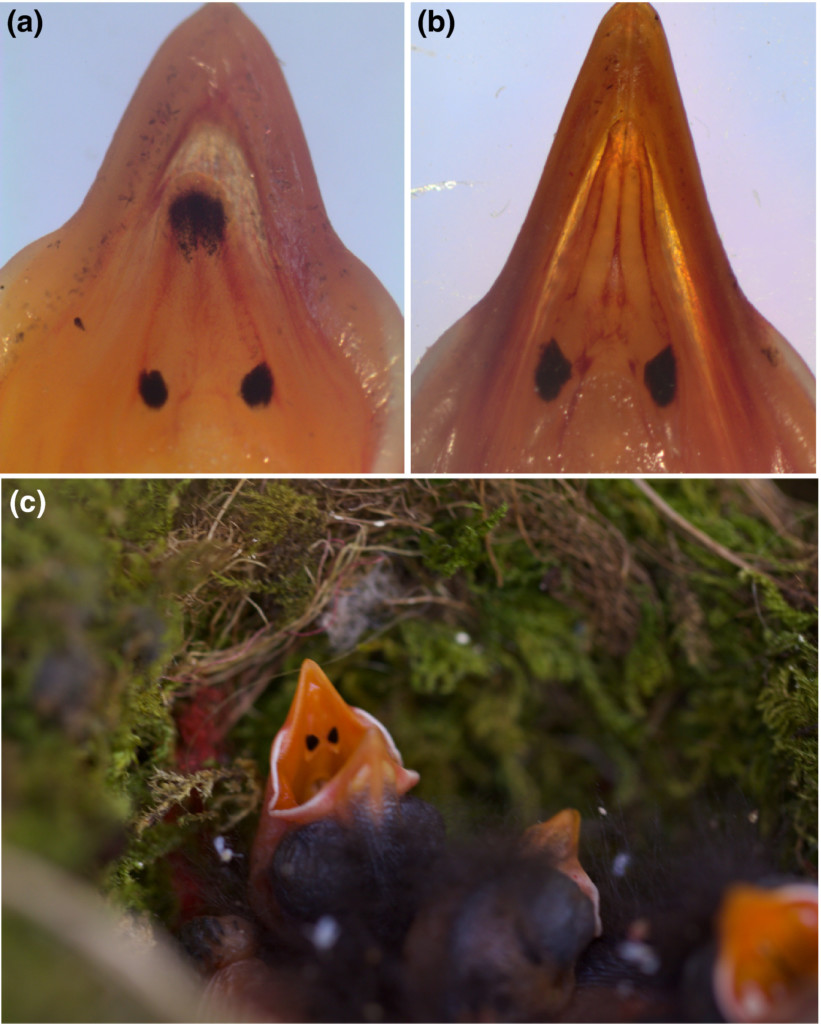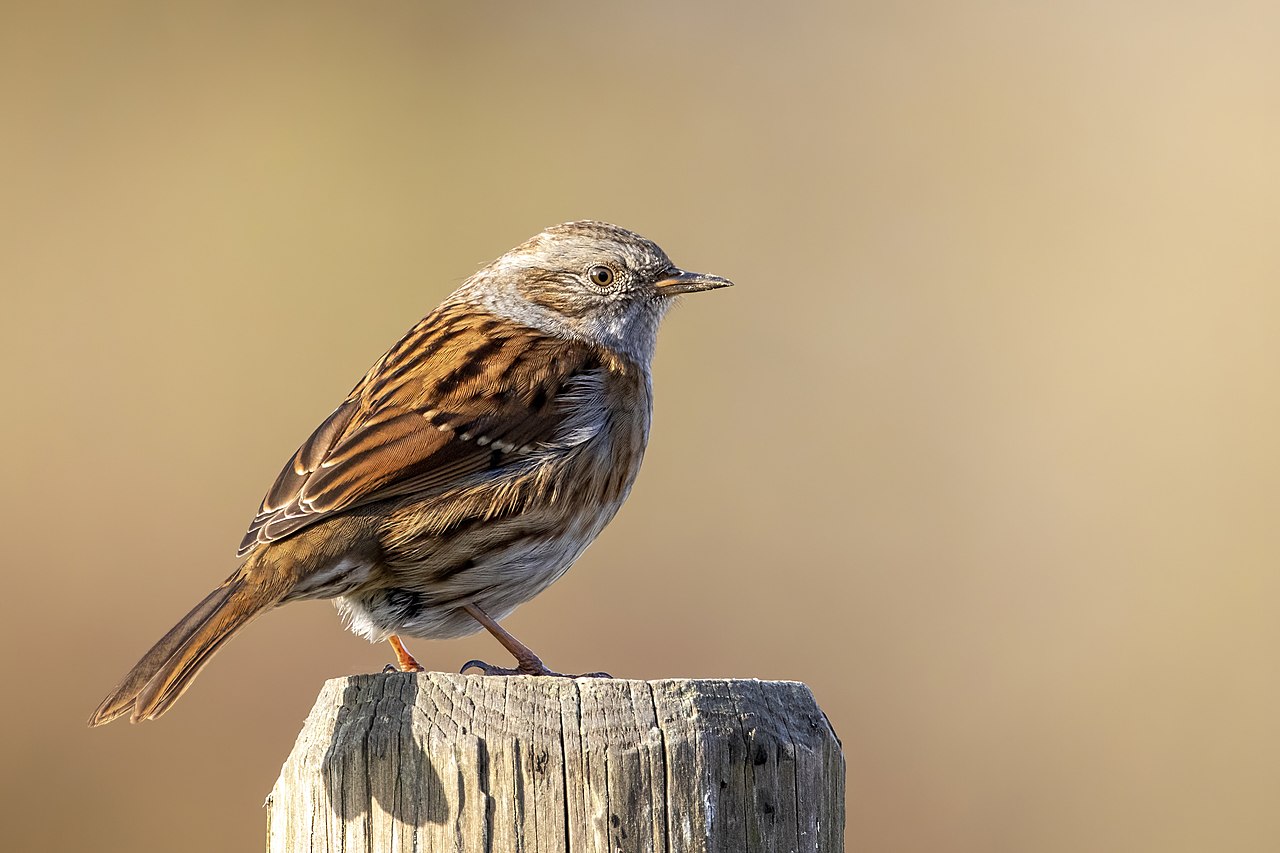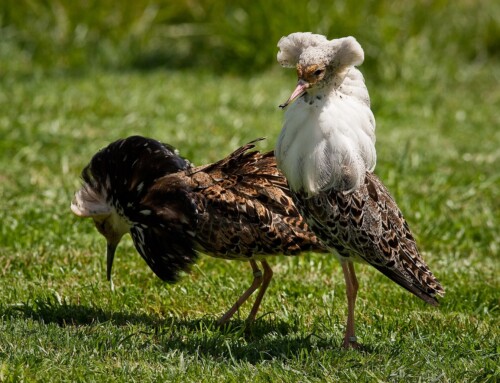 LINKED PAPER
LINKED PAPER
Tongue spots of Dunnock (Prunella modularis) nestlings reflect body condition but exert only conditional influence on parental allocation. Lara, C. E., Holtmann, B., Santos, E. S., Castaño‐Villa, G. J., & Nakagawa, S. 2021. IBIS. DOI: 10.1111/ibi.12939. VIEW
In 1908, Ticehurst took a closer look at the nestlings of the Dunnock (Prunella modularis) and noticed some peculiar markings in their mouth. He observed ‘a black spot on each spur of the base of the tongue, and another, brown and more diffuse, situated subterminally.’ The more diffuse spot at the tip of the tongue tended to disappear 4-5 days after hatching which explained why other ornithologists had not noticed it before (e.g., Pycraft 1907). This observation raised the question why some nestlings show only two spots at the base of their tongue, while others display three spots (two at the base and one at the tip of the tongue). Indeed, the biological significance of this variation and the function of these tongue spots remain unclear. In a recent study, Carlos Lara and his colleagues revisited this mystery by describing the development of these tongue spots in Dunnock nestlings and exploring potential explanations for their presence.
Nestling weight
The researchers monitored more than 200 nestlings of 80 nests. They observed that most birds hatched with three tongue spots (87% of the nestlings), but lost one tongue spot 3-6 days after hatching. Moreover, all tongue spots disappeared within a month after fledging. Interestingly, the number of tongue spots was related to the weight of the nestlings: lighter birds had a higher chance of developing three tongue spots. This relationship suggests that tongue spots reflect information on the condition of the nestlings. It is possible that egg size or embryonic development influence the formation of tongue spots (Krist 2011).

Figure 1.Tongue spots in nestling Dunnocks. (a) The tongue of a 2-day-old nestling with three tongue spots. (b) The tongue of an 8-day-old nestling with two tongue spots. (c) A view of a nest with four nestlings showing one of them displaying tongue spots.
Parental allocation
If the number of tongue spots provides information on the condition of the nestlings, parents might adjust their feeding behavior accordingly. Nestlings with three tongue spots should receive more food. The researchers tested this idea by video-recording 55 nests and quantifying the amount of parental allocation for each nestling. Statistical analyses revealed that only monogamous males provided more food to nestlings with three tongue spots. Other birds – such as females and co-breeders in trios – did not adjust their feeding behavior. The function of these tongue spots might thus be unrelated to parental allocation. Perhaps this signal has become redundant due to the more visible begging behavior of the nestlings (Godfray & Johnstone 2000). More experiments are needed to solve the mystery of the disappearing tongue spots.
References
Godfray, H.C.J. & Johnstone, R.A. (2000). Begging and bleating: the evolution of parent–offspring signalling. Philosophical Transactions of the Royal Society B: Biological Sciences 355: 1581– 1591. VIEW
Krist, M. (2011). Egg size and offspring quality: a meta-analysis in birds. Biological Reviews 86: 692– 716. VIEW
Pycraft, W.P. (1907). Nestlings birds, and some of the problems they present. British Birds 1: 129– 132. VIEW
Ticehurst, C.B. (1908). On the down-plumage and mouth-coloration of some nestling birds. British Birds 2: 186– 194. VIEW
Image credits
Top right: Dunnock (Prunella modularis) | Alexis Lours | CC BY-SA 2.0 Wikimedia Commons
Blog posts express the views of the individual author(s) and not those of the BOU.
If you want to write about your research in #theBOUblog, then please see here




